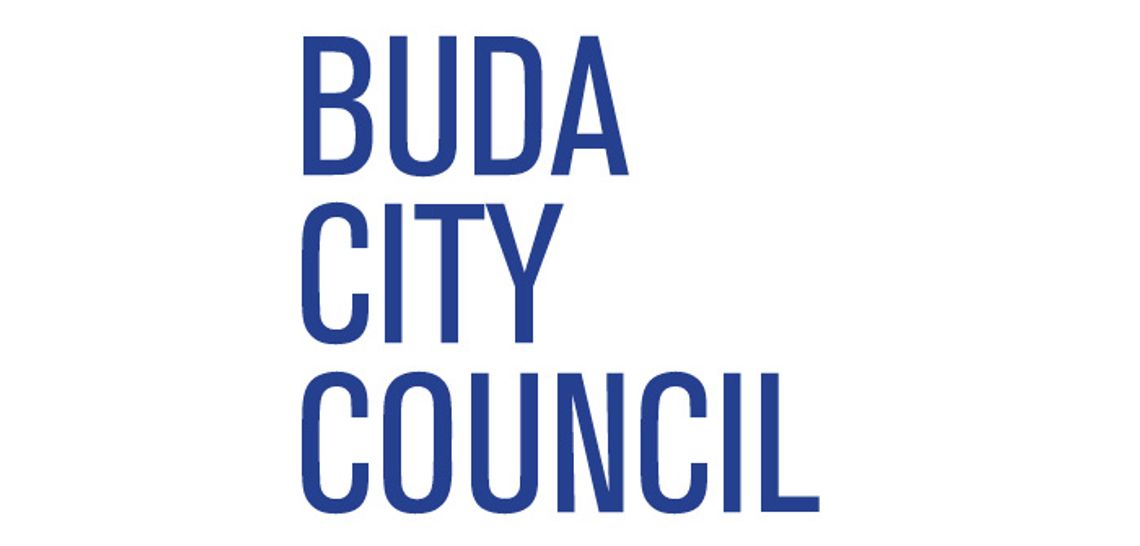The Buda City Council, on a unanimous vote, approved the city’s application for Tree City USA status and also amended the city’s development code at its Dec. 3 meeting.
The city’s draft Tree Preservation, Mitigation and Care ordinance was previously said to meet the criteria for certification. The council’s action makes it all but certain.
Key points of the tree ordinance are that it maintains tree mitigation requirements, prohibits trimming oak trees except as authorized by an arborist, and requires tree protection when construction occurs in the area of the roots.
It also designates the city’s director of planning as the staff authority on trees in public spaces and establishes the Parks Commission as the Tree Advisory Board, establishes tree planting and care standards and identifies nuisance trees as those that are dead or dying, obstruct traffic signs and safe passage of people and vehicles or threaten public health, safety and welfare.
The ordinance adopts American National Standard Institute guidelines for tree care operations and the Best Management Practices of the Society of Arboriculture.
Exempted trees include species such as hackberry, eastern red cedar, common ash juniper, chinaberry, mesquite, ligustrum, Chinese tallow and Bradford pear. Other trees can become exempt if a certified arborist submits written cause for the tree to be removed.
Designation of trees was also preserved, including:
• Protected trees, between 8 and 20 caliper inches
• Signature trees, between 20 and 30 caliper inches
• Heritage trees, greater than 30 caliper inches.
If a protected tree is removed, it must be mitigated at a ratio of 1:1; if the tree is signature, the mitigation ratio goes up to 3:1 and in the event of a heritage tree, the mitigation rate is 4:1. Additionally, replacement trees must measure 5 caliper inches.
Applications for development or redevelopment must include a Tree Preservation Plan that shows the topography, the locating of protected, signature and heritage trees and other criteria.
The ordinance also addresses additional issues including tree disease. For example, to prevent the spread of oak wilt, no oak trees may be trimmed between Feb. 1 and July 1, unless a certified arborist does the trimming.











